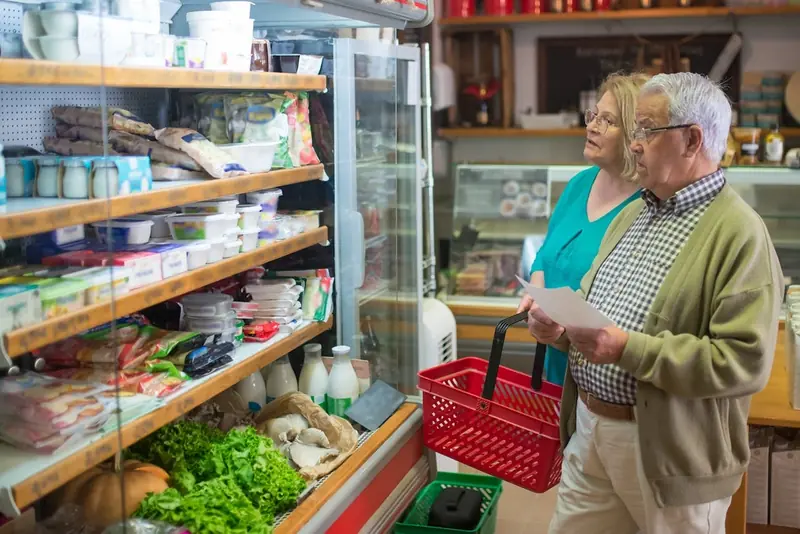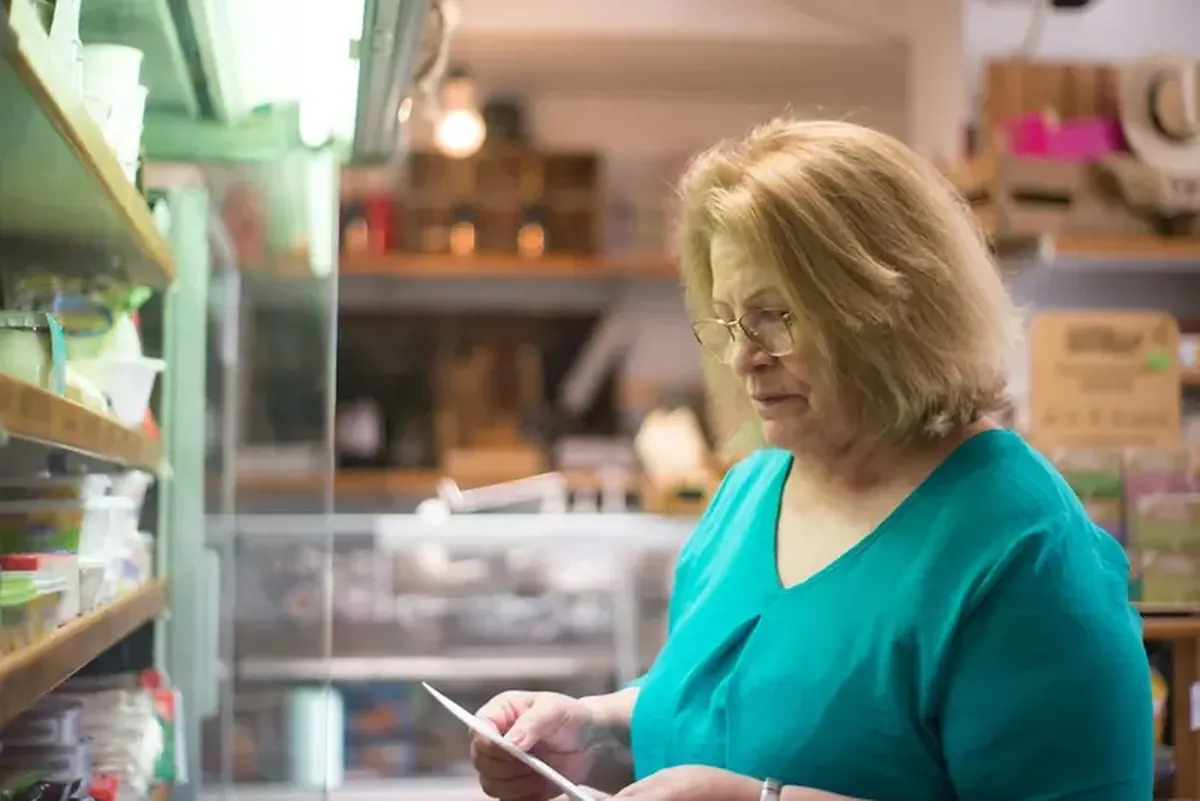
Every time shoppers visit a supermarket, they often fall into the same traps. As a result, they end up spending more than they intended and unwittingly picking up a bunch of unnecessary items.
Experts who understand store manipulations and consumer mistakes warn: never pay attention to products that are placed at eye level. The further away from that level, the better the deals tend to be.
Most People Get Lost in the Aisles of Supermarkets
It turns out that most shoppers make poor product choices. This is the belief of experts from the British consumer rights organization Which?, which advocates for consumer rights and product quality.
First and foremost, these consumer behavior specialists emphasize that you should never be lured in by items that are neatly arranged at eye level. These products may look more appealing than others. But if you take a closer look, they are likely to be significantly more expensive than items waiting for buyers in less accessible spots.
“The most expensive brands are often found at eye level, while cheaper products are typically placed on lower shelves,” the company explained.
At eye level, you’ll usually find offers from well-known and pricey brands. “However, just because it’s branded doesn’t mean it’s the best,” the experts say. On the upper and lower shelves, you can find store-brand products, which often turn out to be of even better quality than those from well-marketed manufacturers, according to the Daily Mail.
Planograms as a Profit Strategy
Thus, supermarkets employ various tricks to ensure that shoppers spend as much money as possible.
One of the most manipulative strategies for legally deceiving consumers is the planogram. This cunning layout scheme of products on supermarket shelves compels visitors to leave the checkout with larger sums than they intended. “A planogram is defined as a diagram or model that shows the placement of retail products on shelves to maximize sales,” explained Graham Kendall, a professor of operations research at the University of Nottingham (UK).
According to him, the key phrase of a planogram is: “eye level is buy level.” Professor Kendall confirmed that “products placed at eye level sell better.” But all it takes is a slight bend or standing on your tiptoes, and you’ll find equally worthy products, or perhaps even better ones.
The researcher also advised not to overlook items located at the beginning of aisles. Shoppers often rush past them, but that’s where some of the best deals are often hidden.

Always Have a Plan
Experts from Which? shared: “Supermarkets use other tricks to encourage us to spend more, such as placing essential items at the back of the store and as far apart as possible.” This primarily refers to milk, eggs, and bread. While searching for these products, shoppers navigate through many unnecessary aisles and end up adding a bunch of items to their carts that could be purchased another time.
Additionally, stores entice customers with colorful signs announcing seasonal offers and promotions. Behind these bright messages may lie products that no one wanted to buy or items nearing their expiration dates.
Experts in the psychology of sellers and buyers unanimously advise: if you don’t want to fall victim to supermarket trickery, make a list of the items you need in advance and stick to it.
